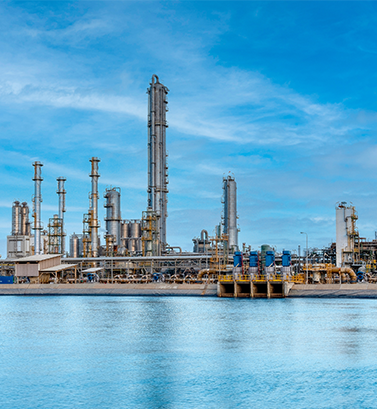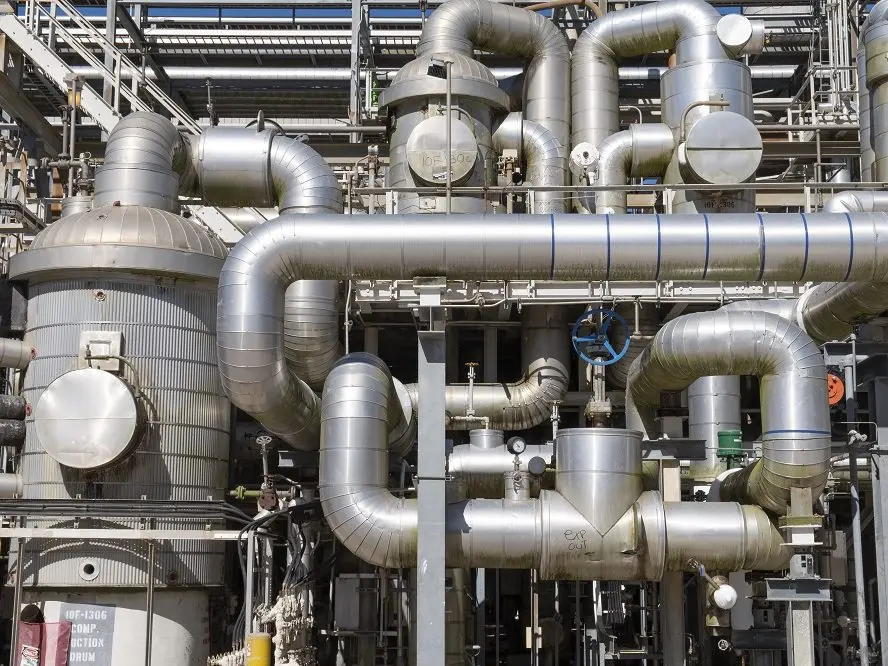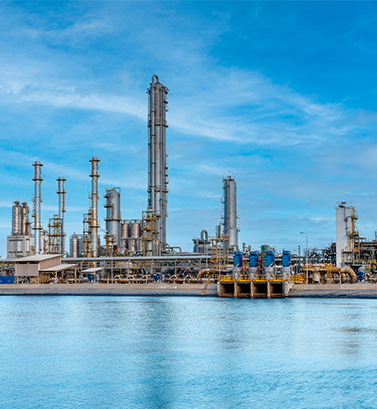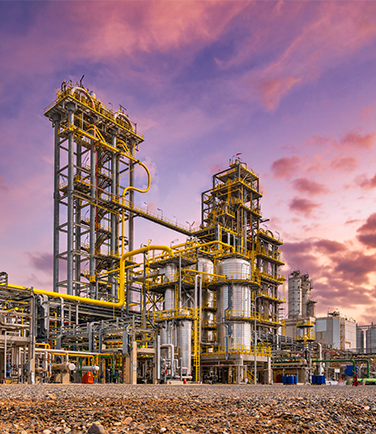The Unseen Energy Drain in Your HVAC System
Many building owners and facility managers grapple with the substantial energy costs associated with maintaining comfortable indoor environments, especially during the colder seasons. A significant portion of this expense can be attributed to the heating component of HVAC systems. Constantly warming frigid outdoor air to a comfortable indoor temperature is an energy-intensive process. This is where the concept of HVAC air preheating emerges as a crucial strategy for mitigating these high operational costs and improving overall system efficiency. By addressing the temperature of incoming air before it reaches primary heating units, we can unlock significant savings and enhance building performance.
Why Untreated Cold Air Strains Your Heating System
When your HVAC system draws in very cold outdoor air directly, it places an immediate and heavy burden on its heating elements, whether it's a furnace, heat pump, or boiler. These components must work significantly harder and longer to raise the air temperature to the desired setpoint. This not only leads to higher energy consumption but also accelerates wear and tear on the equipment, potentially leading to more frequent breakdowns and a shorter operational lifespan. Maintaining consistent air temperature control becomes a constant battle, often resulting in fluctuating indoor conditions and occupant discomfort. Furthermore, this inefficiency contributes to a larger carbon footprint, a growing concern for environmentally conscious operations.
A Smarter Approach: The Power of Air Preheating Systems
Fortunately, there's an intelligent solution to this common problem: implementing air preheating systems. These systems act as an intermediary stage, using various technologies to warm the incoming fresh air before it enters the main HVAC unit's heating coil. By reducing the temperature difference the primary heating system has to overcome, we can achieve truly energy efficient heating. This proactive approach doesn't just marginally improve efficiency; it fundamentally changes how your HVAC system consumes energy, turning a major operational expense into an opportunity for savings and sustainability.
Unlocking Efficiency: How Preheating Air for HVAC Works
The core principle behind preheating air for HVAC often involves heat recovery, a remarkably effective method for enhancing thermal performance. Air to Air Heat Exchangers are a prime example of technology utilized in these air preheating systems. These devices are engineered to efficiently transfer thermal energy from a warm exhaust airstream (stale air being expelled from the building) to a cold incoming fresh airstream, without the two airflows ever mixing. Imagine recovering 60-80% of the waste heat that would otherwise be lost to the environment. This recovered energy then pre-warms the incoming ventilation air, significantly reducing the load on your primary heating system. Different designs, such as plate type models, are particularly suitable for HVAC or commercial buildings, creating dedicated air channels to maximize this heat recovery and achieve substantial energy savings.
The Tangible Rewards: Significant HVAC Energy Savings and Enhanced Comfort
The benefits of incorporating an air preheating strategy are manifold and impactful. The most immediate advantage is substantial HVAC energy savings, directly translating to lower utility bills. By easing the workload on primary heating units, their lifespan is extended, and maintenance costs are reduced. Occupants also experience a noticeable improvement in comfort due to more consistent and stable air temperature control, eliminating cold drafts often associated with fresh air intake. For businesses, particularly in commercial air preheating applications, these savings contribute directly to the bottom line. Effective air preheating is also a critical consideration in modern HVAC system design, promoting sustainability and operational excellence from the outset, ensuring a building is both comfortable and economical to run.
Innovations in Air Preheating Technology
The technology underpinning how we achieve preheating air for HVAC continues to advance, bringing even greater efficiencies. Modern Air to Air Heat Exchangers, integral components of many air preheating systems, may feature advancements such as graphene-coated fins for improved thermal conductivity or 3D-printed custom patterns for optimized airflow. Materials science also plays a role, with options like stainless steel offering corrosion resistance and aluminum providing lightweight, cost-effective solutions, ensuring durability and suitability for various environments. Furthermore, IoT integration allows for real-time monitoring and smart adjustments, maximizing energy management and ensuring peak performance. These innovations ensure that preheating methods remain at the forefront of energy efficient heating solutions.
Conclusion: Embrace Efficiency with HVAC Air Preheating
In the quest for more energy-efficient and cost-effective building operations, HVAC air preheating stands out as a powerful solution. By intelligently treating incoming air, these systems tackle the root cause of high heating costs and system strain. The implementation of technologies like Air to Air Heat Exchangers, often central to effective air preheating systems, offers a clear path to significant HVAC energy savings, improved air temperature control, and a reduced environmental footprint. For any facility looking to optimize its heating performance, especially those involved in commercial air preheating, exploring these solutions is no longer just an option, but a necessity for sustainable and economical operation. Adopting strategies for preheating air for HVAC is a smart investment in both comfort and efficiency.





